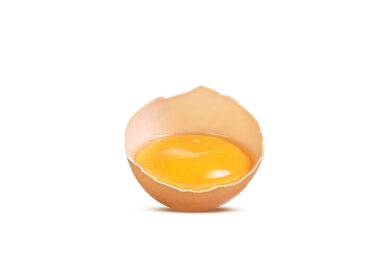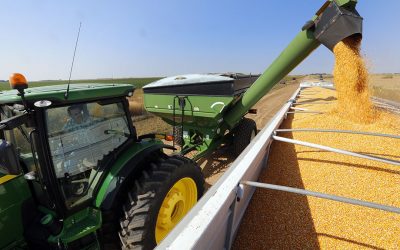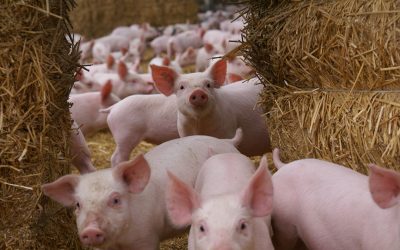Caution recommended for on-farm grain storage
In general on-farm storage pays but this year may be an exception to the rule according to one Ohio State University Extension agricultural economist.
“The question is how much of a premium storage will pay this year?” said Matt Roberts, an associate professor in the Department of Agricultural, Environmental and Development Economics in the College of Food, Agricultural and Environmental Sciences. “A lot of farmers will look at last year and see big gains to storage and think those type of opportunities will be on tap this year, but I think that is much less likely to be the case.”
One of the biggest reasons Roberts is more skeptical about storage premiums this year is a significant potential for over-rationing, especially of corn, given the lateness of the crop.
With weather playing a significant factor in how quickly farmers were able to plant corn and soybeans across the Corn Belt, particularly in the Eastern Corn Belt, corn is several weeks behind a normal pace of development.
In Ohio, for example, the U.S. Department of Agriculture reported this week that only 56 percent of corn was at the dent stage, compared to 89 percent last year and 79 percent for the five-year average. Likewise, only six percent of corn was rated mature across the Buckeye state, compared to 46 percent last year and 20 percent for the five-year average.
“In years like this with lots of uncertainty, we see lots of planned rationing, or what you might consider defensive rationing,” Roberts said. “Then, when we know how big the harvest actually is, if there is a lot more grain than people planned, prices really soften.”
USDA trimmed its production estimates for corn slightly in the September crop production estimates released Monday, to 12.9 billion bushels. While that estimate is trimmed from the beginning of the season, the department reports the crop could still be 4 percent larger than last year. Even so, Roberts said the corn market is extremely tight.
He noted that because of the late maturity of the crop, market watchers may not have a completely accurate idea of the scope of the crop even by the October USDA production estimates, when the Department will fully incorporate Farm Service Agency acreage data.
With that uncertainty in mind, Roberts’ recommendation to farmers is to get a futures price locked in when opportunities present themselves in the day-to-day volatility of the market.
“I think we’ll see a lot more corn moving from the farm in January and February, so watch the carries. If we see December corn futures above $7.80 before harvest, that’s a good opportunity to sell. I think most guys have done a lot of selling already, so now it’s sit back and watch the spreads to figure out storage. I’d be very leery of how much I’m going to store this year.”











